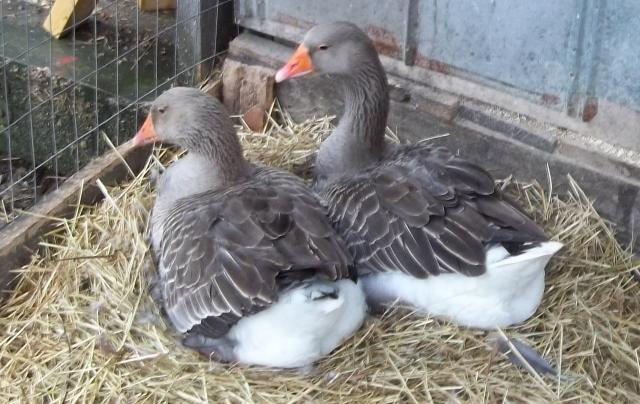I've just put 16 goose eggs in a still air bator that I usually use as a hatcher. I have no idea how old some of them are- I have a broody, but 2 other geese have been laying under her.I finally had some help to keep the others at bay and take some out. She's got about 9 left that she can cover and I marked them.
Anyway- can someone please verify the correct humidity level I should have? I don't think I'll really be doing a "lockdown" seen as how I don't know how old they are or how far along. Going to candle them tonight to see if any are developing. Thanks!
Anyway- can someone please verify the correct humidity level I should have? I don't think I'll really be doing a "lockdown" seen as how I don't know how old they are or how far along. Going to candle them tonight to see if any are developing. Thanks!

